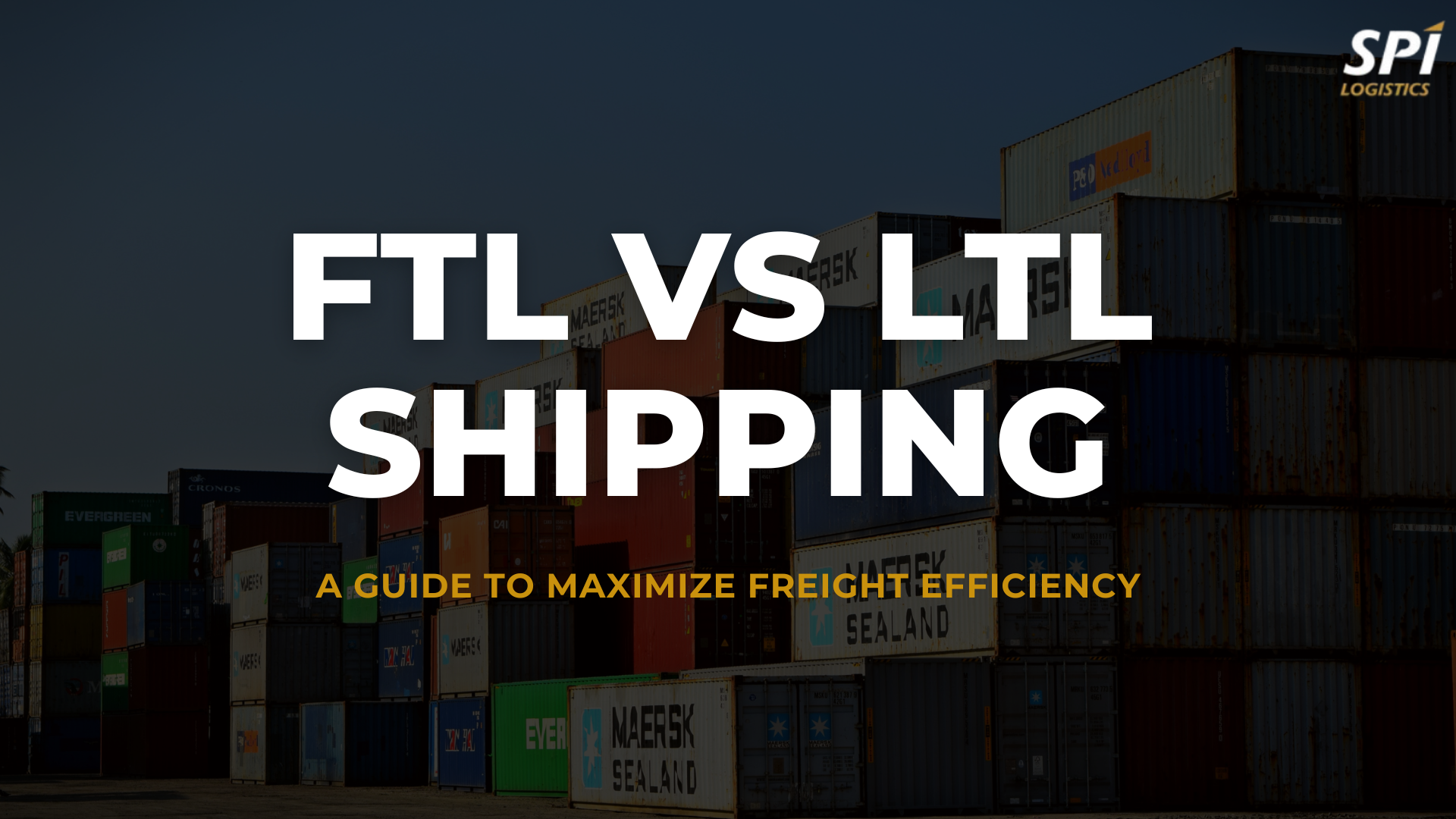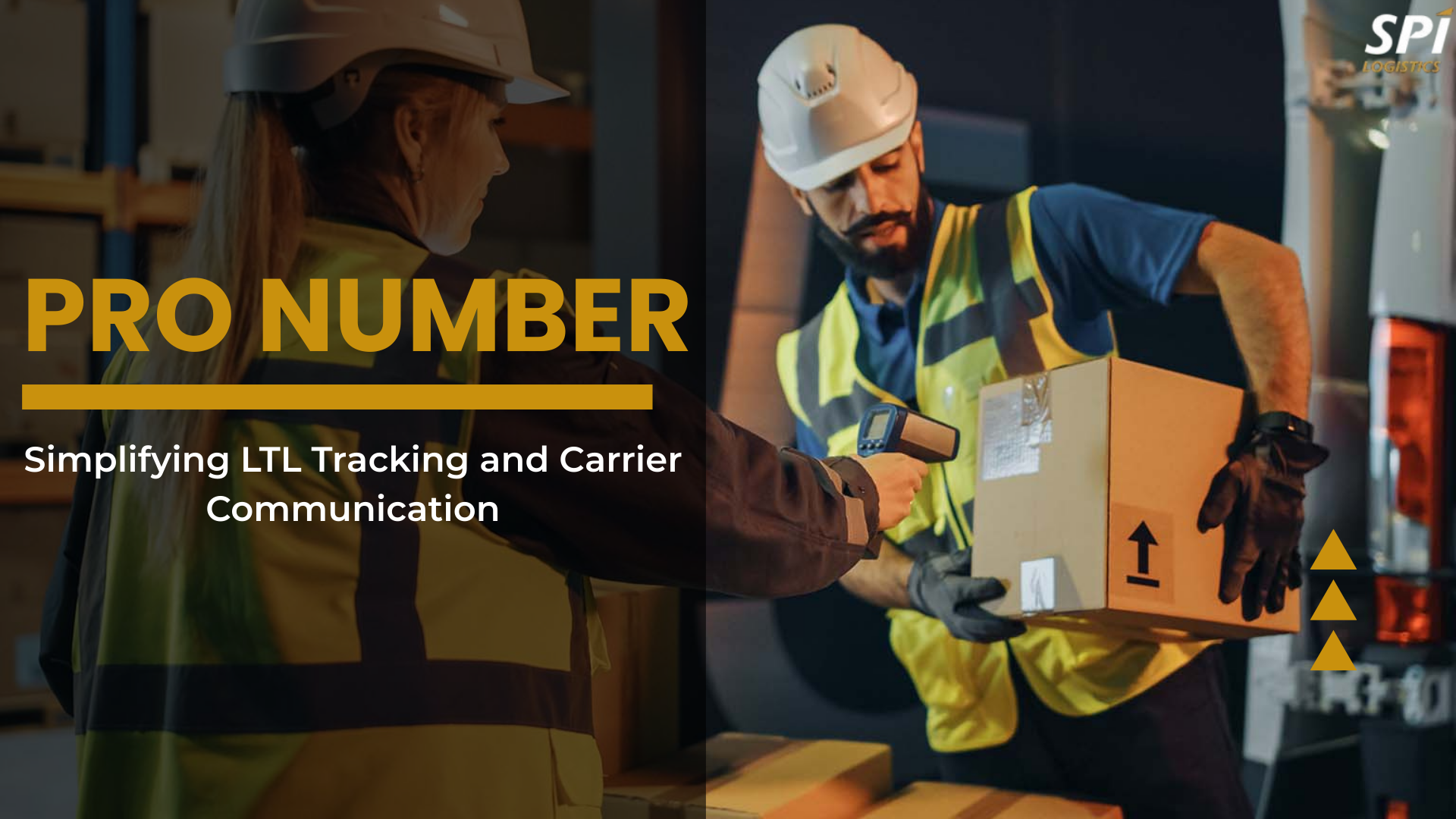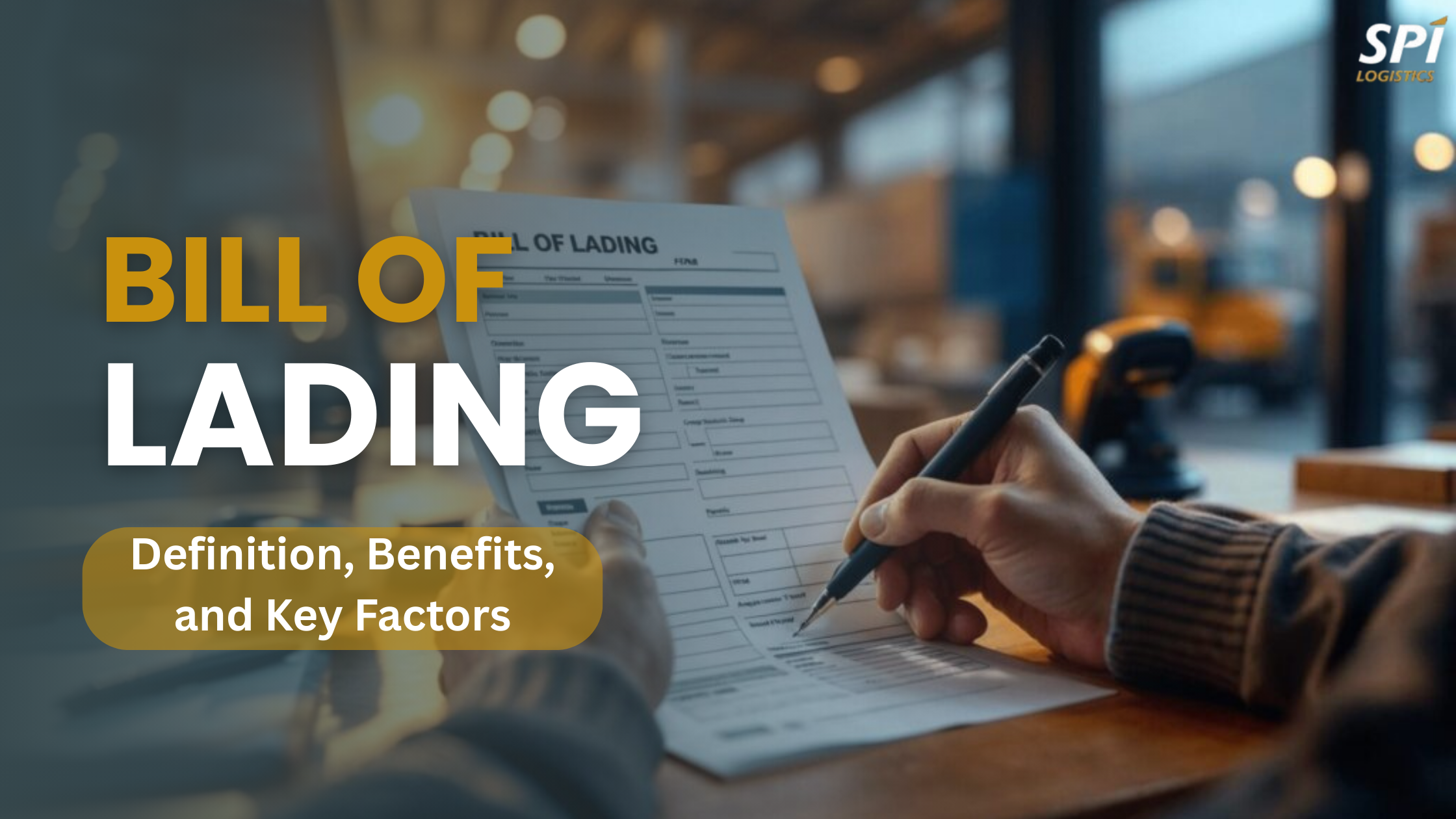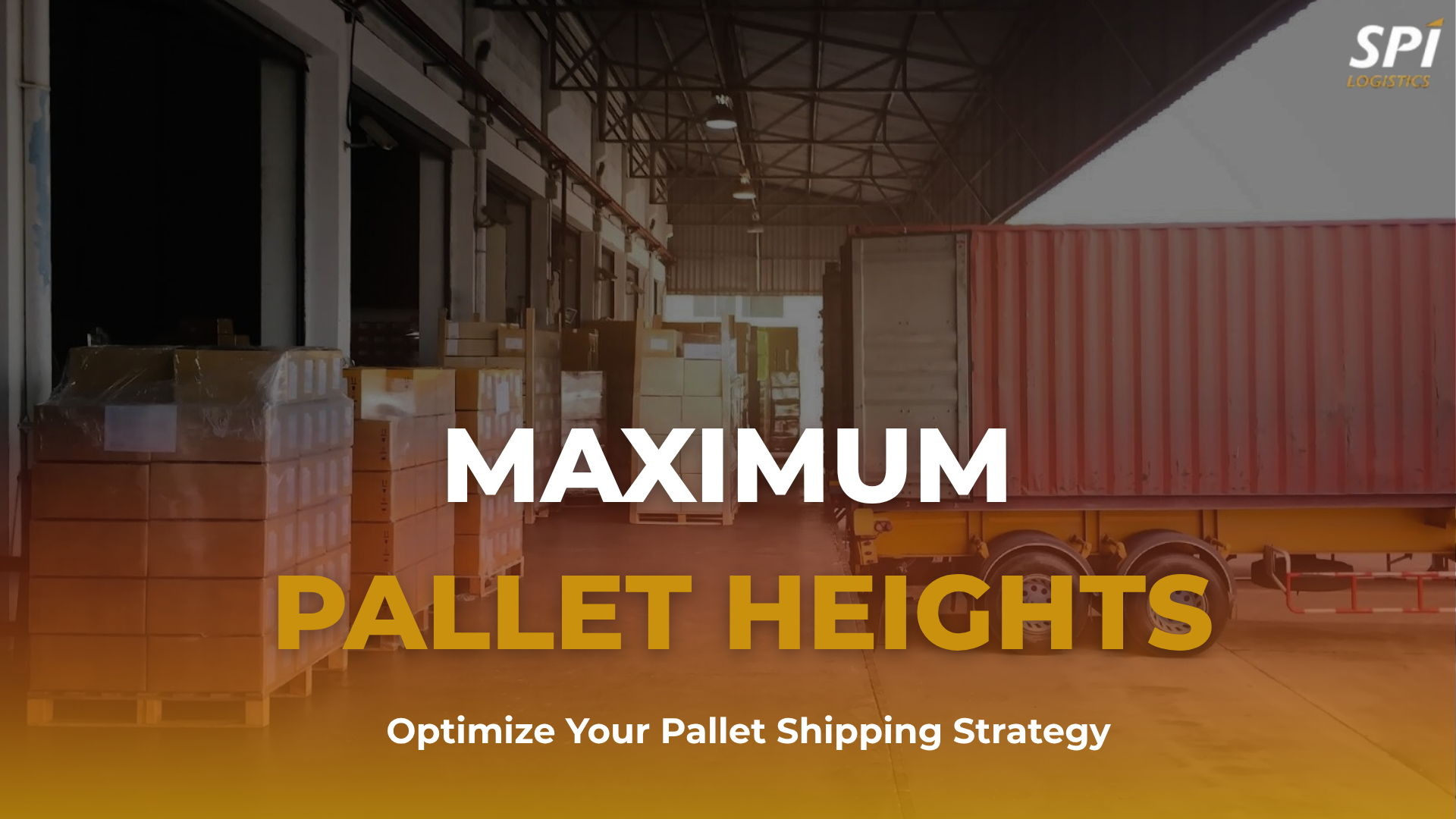When it comes to moving goods efficiently, choosing the right freight method can make or break your logistics operation. From large-scale truckload shipping to more flexible less-than-truckload options, understanding the differences is essential to cost savings, delivery times, and overall logistics success.
In this guide, we’ll break down everything you need to know about truckload shipping, FTL delivery, and how truckload and less than truckload strategies compare. Whether you’re shipping pallets, planning long-hauls, or scaling a distribution network, this article will help you make smarter decisions.
What is LTL Freight?
LTL freight stands for “Less Than Truckload” and refers to shipping methods that combine multiple shippers’ freight into a single truck. This method is ideal when your shipment doesn’t require a full trailer, allowing for cost-sharing with other shippers.
- Cost-effective for small to medium loads
- Longer transit times due to multiple stops
- Suitable for regional or local delivery networks
The U.S. LTL freight market was valued at over $80 billion in 2023 and is projected to grow by 5.7% annually through 2028 (Statista, 2023).
When businesses ask what LTL freight is, the answer lies in flexibility. It’s perfect for companies looking to balance cost and speed without the volume required for a full truckload.
“As e-commerce continues to grow, LTL has become a lifeline for small to mid-sized businesses. It’s flexible, cost-effective, and crucial for scaling localized distribution.”
How has your business adapted its shipping strategy using LTL freight?
What is Truckload Freight?
Truckload freight (also known as FTL freight) refers to shipments that fill an entire truck — either by volume or weight. Businesses choose this method when they have enough goods to utilize a full trailer, or when faster, direct routes are needed.
- No transfers or stops between origin and destination
- Ideal for high-value, time-sensitive, or bulk shipments
- Faster than less than truckload alternatives
In 2024, the average cost per mile for truckload shipments ranged between $1.50 and $2.50, depending on fuel prices, distance, and region (FreightWaves, 2024).
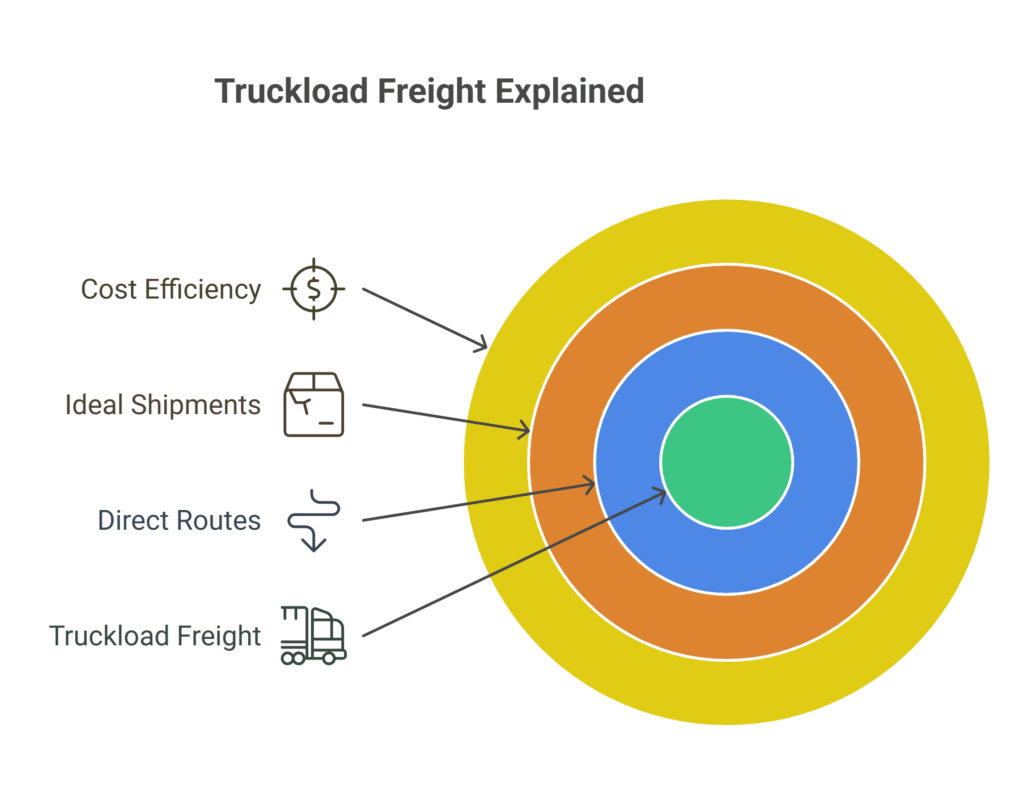
“Truckload shipping remains the backbone of American logistics, especially for industries that demand reliable, large-scale transport.”
What factors influence your choice to use truckload shipping over other freight methods?
Truckload Shipping vs Less Than Truckload: Key Differences
Understanding the truckload vs less than truckload trucking landscape is crucial for making informed decisions. Here are several key distinctions with real-world examples to help you decide what works best for your business:
1. Load Size
-
Truckload shipping is used when you have large cargo — often 24 to 26 pallets or 20,000+ lbs.
- Example: A beverage manufacturer shipping 40,000 lbs of bottled water to a regional warehouse uses full truckload.
-
Less than truckload (LTL) is used for smaller freight that doesn’t need the entire trailer space.
- Example: A clothing brand shipping five pallets of new seasonal inventory to several boutiques across the state chooses LTL.
2. Cost Structure
-
Truckload freight: You pay for the entire truck regardless of how much space you use.
- Example: A furniture company shipping an entire truckload of sofas pays a flat truckload rate.
-
LTL freight: You only pay for the portion of the trailer your freight occupies. National average cost per LTL shipment is $415 (Freightquote, n.d.).
- Example: An e-commerce store ships three pallets of mixed goods and shares trailer space with other businesses to cut costs.
3. Transit Time
-
FTL delivery is direct, with fewer delays since the truck goes from point A to point B without stopping.
- Example: A produce distributor needs to deliver fresh strawberries overnight to a major retailer.
-
LTL freight is consolidated, meaning the shipment will stop at multiple terminals.
- Example: A small business shipping parts to several clients across a region experiences a 3-day delivery window.
4. Handling and Risk
-
Truckload shipping involves minimal handling, reducing the risk of damage.
- Example: A pharmaceutical company transporting sensitive medical supplies uses FTL to ensure product integrity.
- LTL shipping involves multiple transfers and more touchpoints.
LTL involves more handling, raising the risk of loss or damage by 2.5x compared to FTL (FreightWaves, 2023).
- Example: A hardware supplier experiences minor packaging damage due to transfers during LTL transit.
5. Flexibility and Scheduling
-
LTL freight offers more frequent departures and route flexibility for partial loads.
- Example: A startup regularly sends out restock shipments without having to wait until they fill a truck.
-
Truckload shipping offers better control over scheduling and delivery windows.
- Example: A national retailer coordinates timed dock deliveries across distribution centers using dedicated FTL lanes.
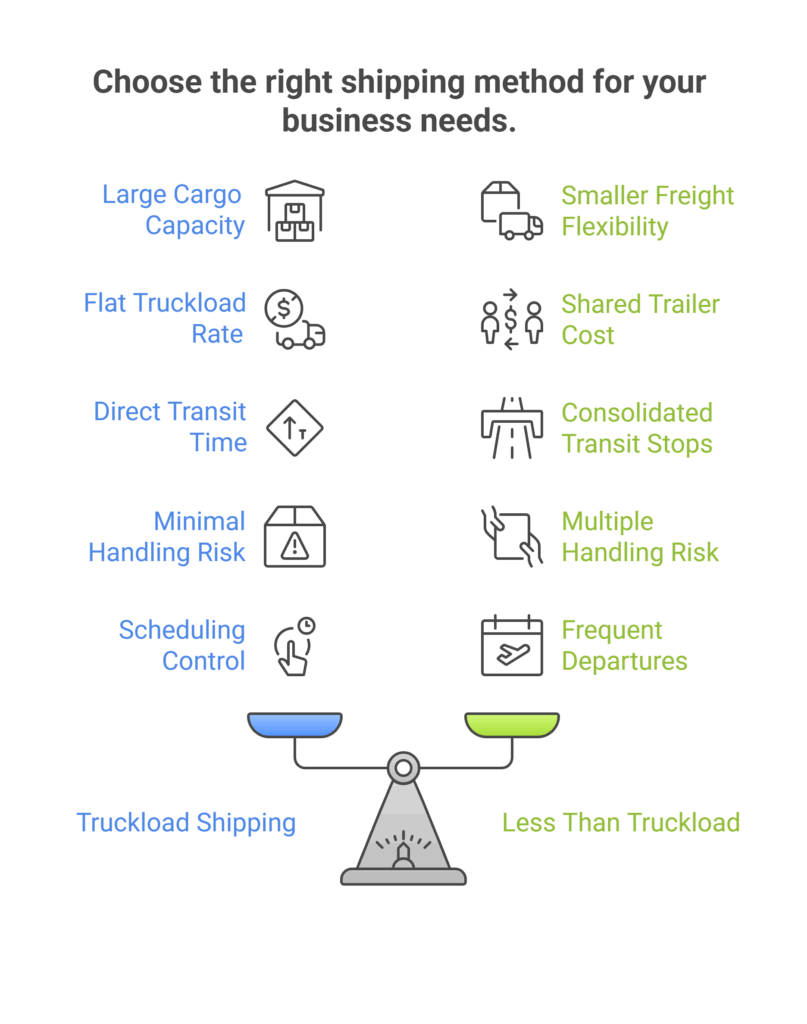
“LTL is perfect when you’re shipping a few pallets, but it comes with trade-offs. Frequent handling increases damage risk. That’s why higher-value goods often go FTL.”
How do your shipping needs shift between LTL and truckload during different times of the year?
When to Choose FTL (Full Truckload)
You might be wondering: What is FTL, and when should you use it?
FTL shipping (Full Truckload) is best when:
- Your freight is time-sensitive
- You’re shipping fragile or high-value items
- Your cargo requires temperature control or special handling
Let’s take a closer look at some use cases:
- A food distributor needing temperature-controlled delivery
- An electronics company avoiding multiple transfers
- A manufacturer sending bulk goods to a single retailer
These are all perfect scenarios for FTL logistics solutions.
“FTL isn’t just faster, it’s safer and more predictable. That’s why industries like automotive and food service rely on it for mission-critical freight.”
Looking for a dependable partner to handle your FTL needs? Explore FTL shipping services from SPI Logistics.
Blending Strategies: Truckload and Less Than Truckload
Some businesses benefit from using both truckload and less than truckload strategies depending on load size and delivery needs.
- Use truckload shipping for seasonal high-volume demand
- Use less than truckload when filling backorders or regional distribution
In logistics, versatility is power. Knowing what FTL freight versus LTL gives your business flexibility.
And if you’re asking what less than truckload stands for in trucking, it simply refers to shipments that don’t require a full truck, making it ideal for small to medium-sized loads.
“A smart blend of LTL and truckload gives businesses agility. We’ve seen clients cut costs by nearly 20% with hybrid load strategies.”
How does your team decide when to use truckload vs LTL, or both?
Tips to Optimize Your Freight Strategy
To make the most out of truckload and less than truckload methods:
-
Know Your Freight Size:
Use a freight calculator to assess when to switch from LTL to truckload shipping (FreightRun, n.d.) -
Compare Delivery Urgency:
If time is critical, opt for FTL delivery for faster routes (Freightquote, n.d.). -
Use Blended Models:
Many 3PLs offer hybrid options using FTL logistics during peak seasons and LTL otherwise. -
Understand Industry Lingo:
Familiarize yourself with terms like FTL less than truckload, FTL meaning, and less than truckload meaning to streamline communications (NMFTA, n.d.).
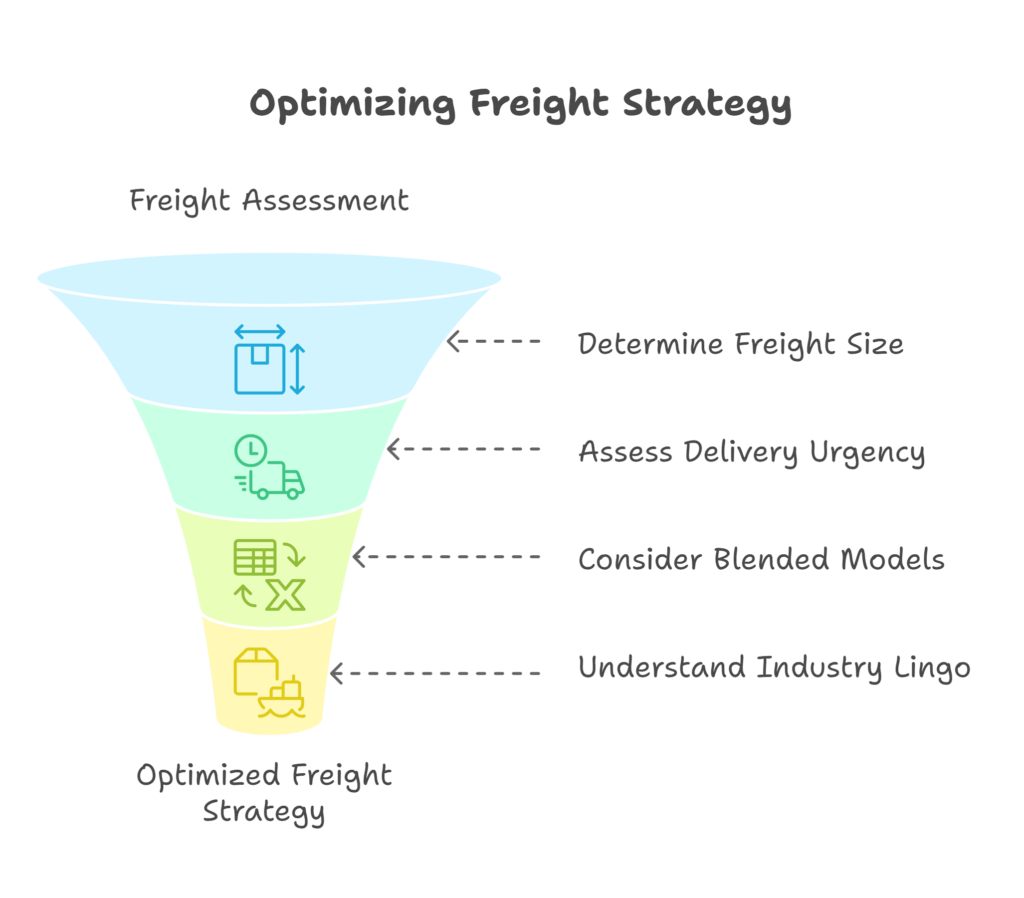
“Digital freight tools are no longer optional, they’re essential. Shippers using smart platforms see a 12–15% boost in margin.”
Questioning whether your current freight process is scalable or efficient? Find smarter solutions with SPI’s freight broker tools.
Frequently Asked Questions
1: What does FTL mean in trucking?
FTL means Full Truckload, a mode where a truck is entirely dedicated to one shipment, faster and more secure.
2: What is the difference between less than truckload vs FTL?
LTL combines shipments from multiple businesses; FTL less than truckload contrasts by dedicating the whole trailer to one customer. Use less than truckload vs FTL comparison to decide based on volume and speed.
3: What does truckload mean in trucking?
It refers to a shipment large enough to occupy an entire truck, either by volume or weight. Truckload freight is best for large and direct deliveries.
Build the Freight Model That Works for You
Mastering truckload shipping and less than truckload methods isn’t just about cost, it’s about building a more efficient, scalable logistics operation. Whether you’re trying to figure out what truckload freight is, exploring FTL shipping, or blending both strategies, the right choices start with the right information.
Ready to optimize your shipping strategy? Contact us to connect with our experts who can help you find the right balance between FTL and LTL.
References
Freightquote. (n.d.). LTL Freight Rates and Shipping. Retrieved from https://www.freightquote.com
FreightRun. (n.d.). LTL Freight Quote Calculator. Retrieved from https://www.freightrun.com
Statista. (2023). U.S. LTL Freight Market Size. Retrieved from https://www.statista.com
FreightWaves. (2023). Freight Claims and Damage Risk Analysis. Retrieved from https://www.freightwaves.com
National Motor Freight Traffic Association (NMFTA). (n.d.). Freight Classification Guide. Retrieved from https://www.nmfta.org

